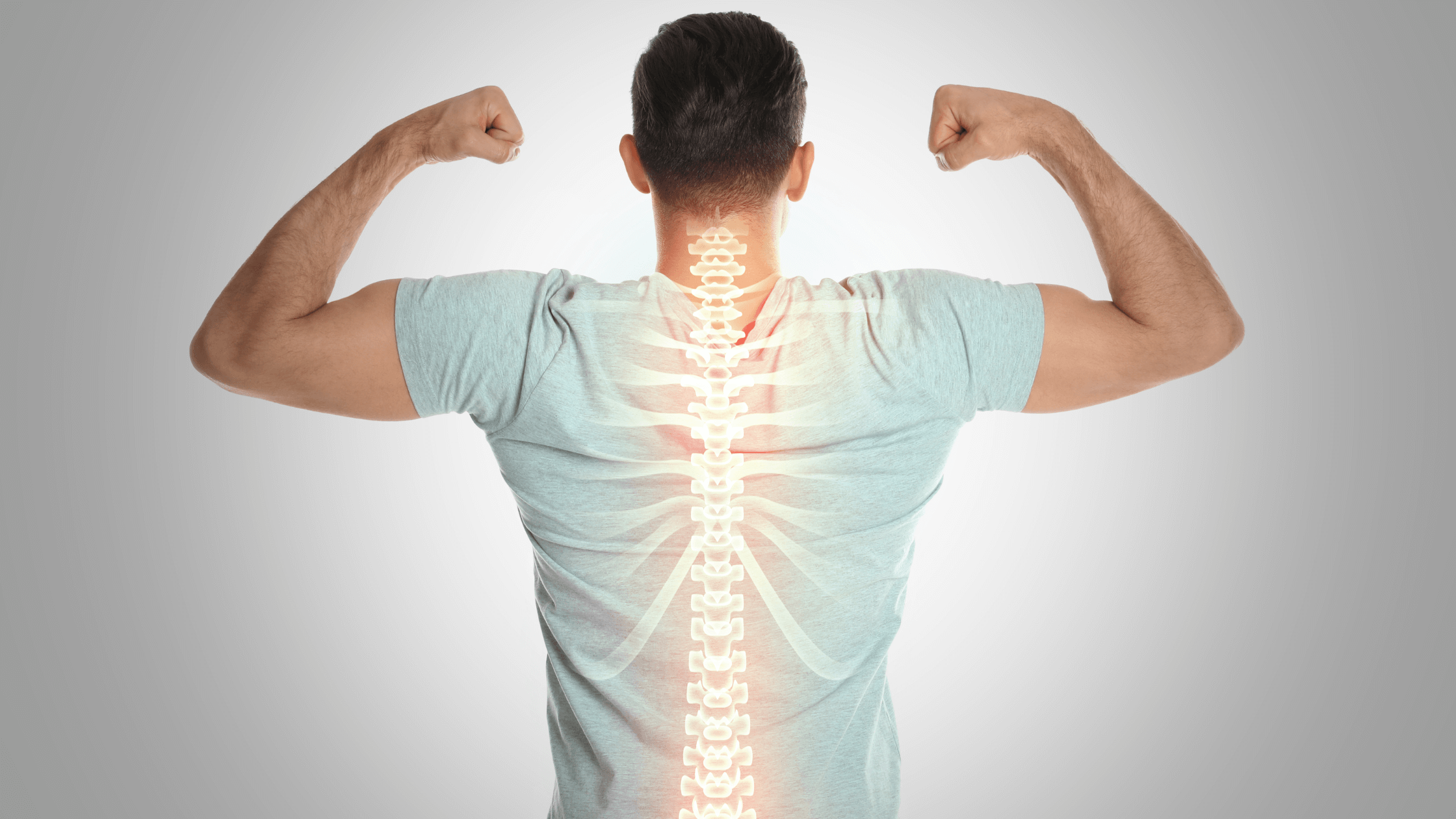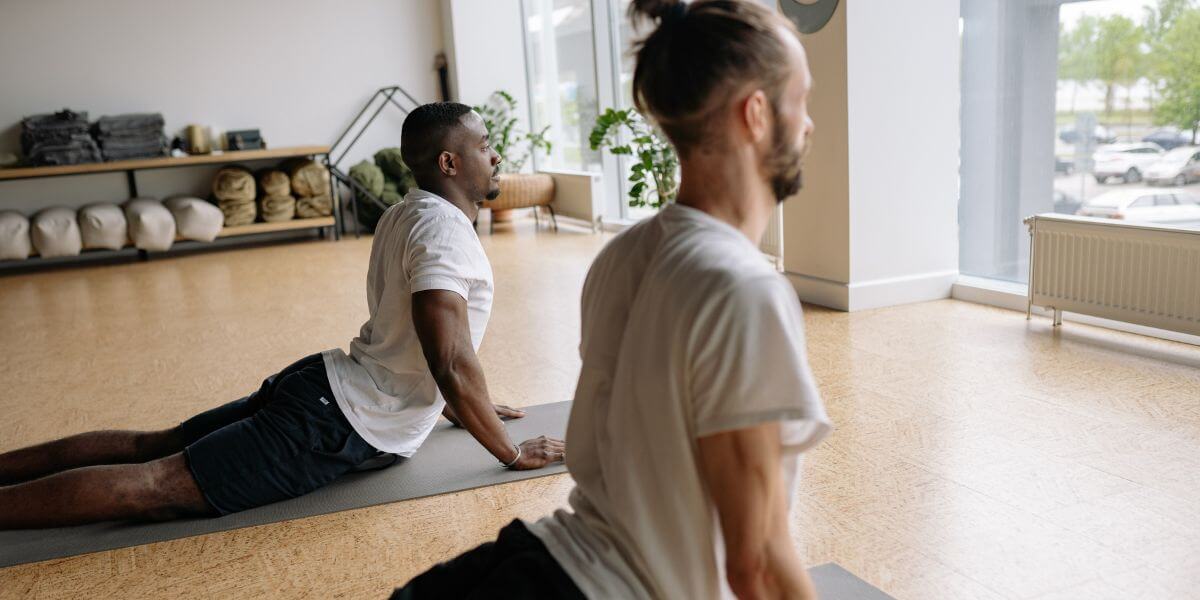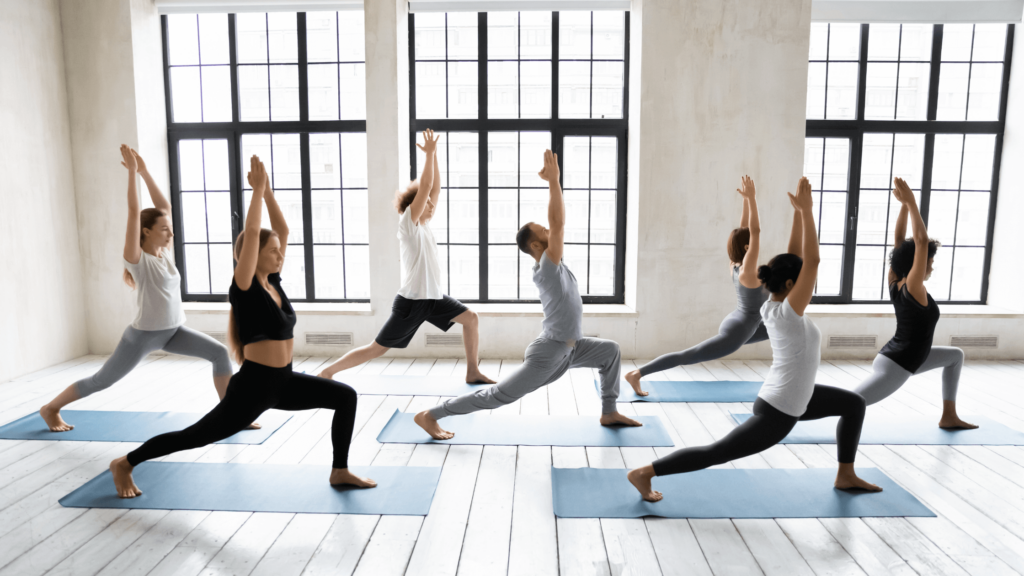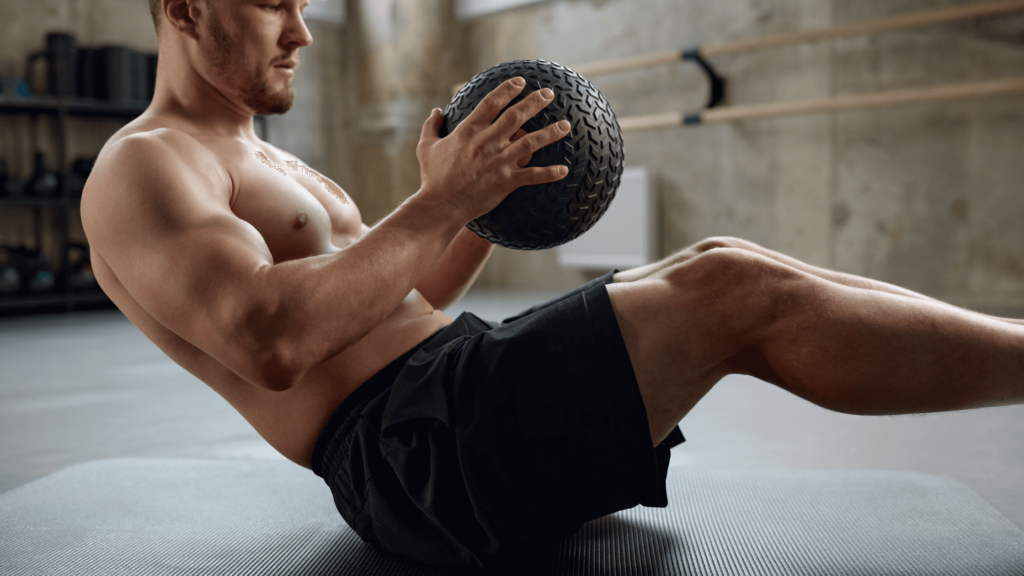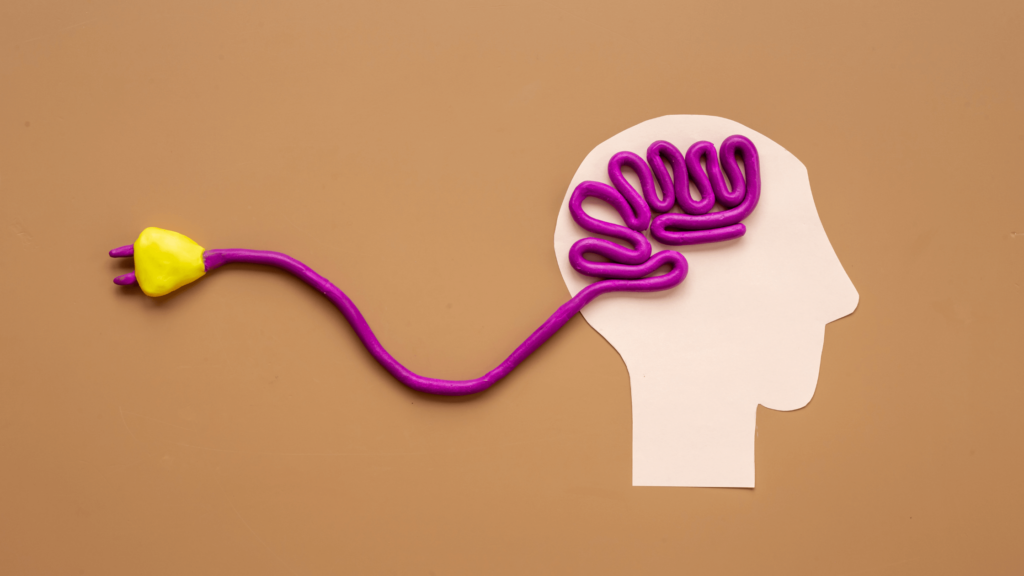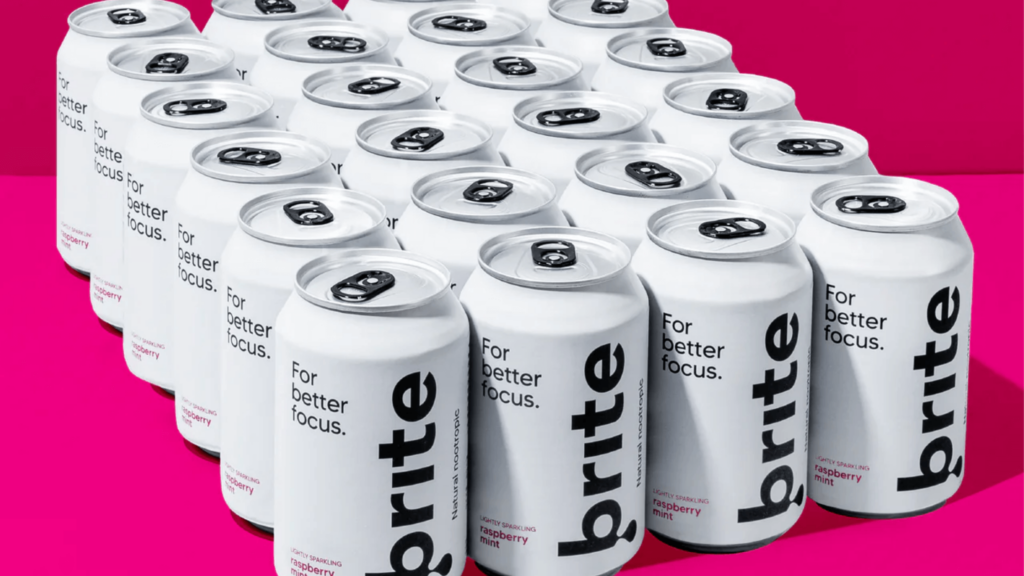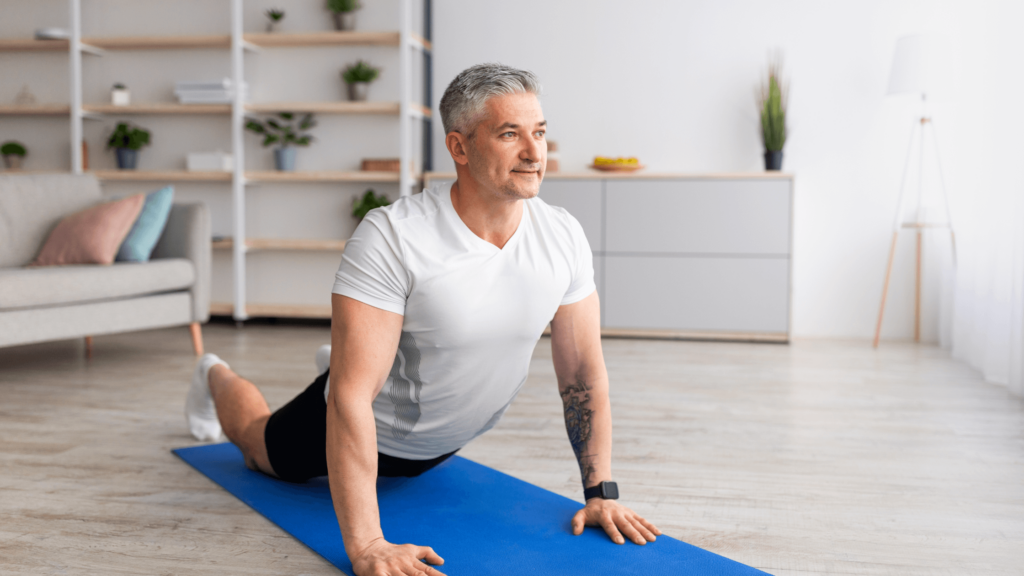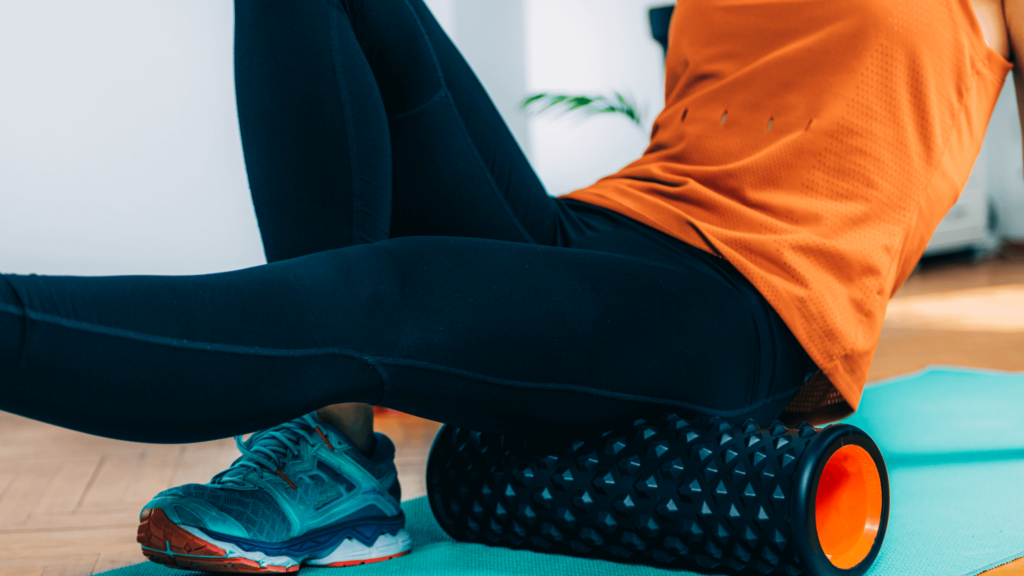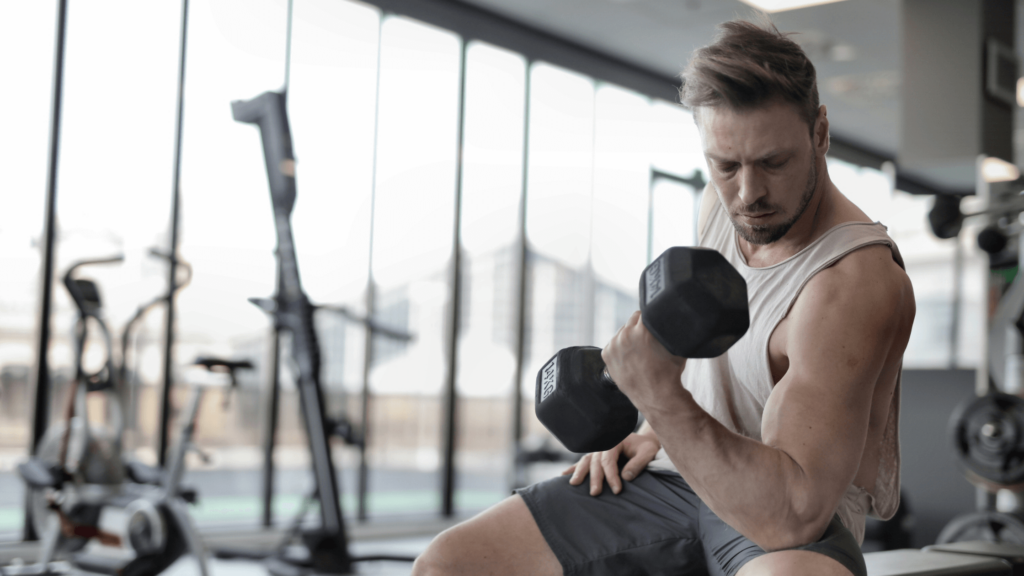You wouldn’t work with sub-par building materials; your bones are no different. Construction work demands physical strength, endurance, and resilience, but bones often take a beating from years of heavy lifting, repetitive motion, and high-impact activity. Over time, bone density declines, increasing the risk of fractures, osteoporosis, and long-term mobility issues. While aging is unavoidable, simple lifestyle choices like eating well and regular exercise can help maintain strong, healthy bones and reduce the risk of serious complications.
Quick look
- Bone health is crucial for construction professionals, as heavy lifting and repetitive motion increase the risk of fractures and mobility issues.
- Aging naturally reduces bone density, but lifestyle choices like exercise, diet, and supplements can help maintain strong bones.
- Women face a higher risk of osteoporosis due to hormonal changes, but men are also susceptible to bone density loss.
- Simple actions—such as weight-bearing exercise, proper nutrition, and avoiding smoking or excessive alcohol—can prevent long-term complications.
The basics of bone health
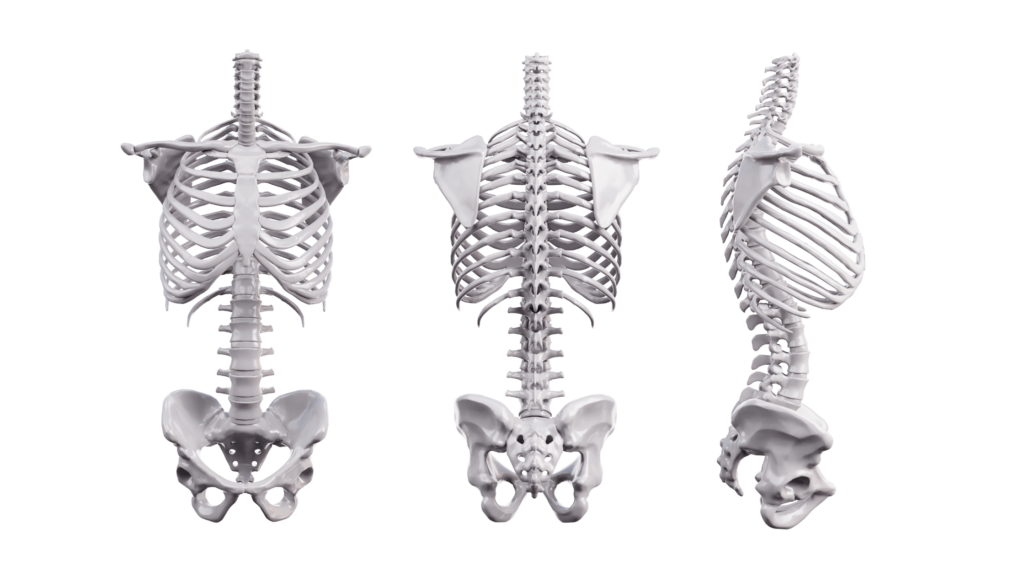
Bone health refers to the skeletal system’s strength, density, and overall integrity. Bones are dynamic, living tissues that undergo continuous remodeling. This process involves resorbing old or damaged bone and forming new bone material, which is crucial for maintaining bone strength and mineral balance.
As we age, the balance between bone resorption and formation shifts, decreasing bone mass and density. This reduction in bone density increases the risk of conditions such as osteopenia and osteoporosis, making bones more susceptible to fractures. Factors contributing to age-related bone loss include hormonal changes, reduced physical activity, and nutritional deficiencies.
Women are particularly vulnerable to bone density loss due to hormonal changes associated with menopause. The decrease in estrogen levels during this period accelerates bone resorption, leading to a significant reduction in bone mass. In fact, women can lose up to 20% of their bone density within 5 to 7 years following menopause.
The scope of the bone health conundrum
Osteoporosis and its precursor, osteopenia (low bone mass), are widespread conditions affecting millions globally. In the United States, approximately 10 million individuals have osteoporosis, while an additional 44 million have low bone density, placing them at increased risk. While osteoporosis is often associated with women, men are also susceptible. Studies indicate that about 4% of men aged 50 and over have osteoporosis, and 38% have low bone mass.
Why this matters to construction professionals
Construction work is inherently physically demanding, involving heavy lifting, repetitive motions, and working at heights. These tasks increase the risk of falls and injuries. For individuals with low bone density, even minor accidents can result in severe fractures. Research has shown that prolonged exposure to heavy physical occupational activities can negatively impact bone mineral density, further elevating injury risk.
Bone injuries pose immediate health concerns and can lead to prolonged recovery periods, potentially affecting career longevity in the construction industry. Maintaining strong bones is crucial for both personal well-being and professional sustainability.
Impact of low bone density
Low bone density, or osteopenia, can lead to several significant health issues:
- Increased risk of fractures: Fragile bones, particularly those in the hips, spine, and wrists, are more susceptible to breaks.
- Chronic pain and mobility issues: Fractures, especially in the spine, can result in persistent pain and reduced mobility, which can affect daily activities and quality of life.
- Higher risk of osteoporosis: Osteopenia can progress to osteoporosis, where bones become so brittle that even minor stresses can cause fractures.
- Difficulty recovering from falls and injuries: Weakened bones break more easily and heal more slowly, complicating recovery and potentially leading to prolonged periods of immobility.
How to maintain strong bones as you age

Jumping/high-impact exercise
Engaging in weight-bearing and high-impact exercises stimulates bone growth and increases bone density. Jumping, skipping rope, and plyometrics are particularly effective. These exercises stress the bones, prompting them to adapt and become stronger. For instance, jumping exercises have improved bone density by promoting bone formation.
Cut back on drinking
Excessive alcohol consumption can interfere with the body’s ability to absorb calcium, leading to weakened bones over time. Limiting alcohol intake is crucial for maintaining bone density. Research indicates that high alcohol consumption is associated with an increased risk of osteoporosis and fractures. Reducing alcohol intake can significantly improve bone health.
Improve your diet
A balanced diet rich in essential nutrients supports bone health:
- Calcium-rich foods: Dairy products like milk, cheese, and yogurt are excellent sources of calcium. Leafy green vegetables such as broccoli, cabbage, and fortified foods also contribute to calcium intake.
- Bone-supporting nutrients: Magnesium, vitamin D, and vitamin K play vital roles in bone health. Magnesium can be found in nuts and seeds, vitamin D in fortified foods and sunlight exposure, and vitamin K in leafy greens.
- Protein: Adequate protein intake is essential for bone repair and strength. Incorporate lean meats, poultry, fish, legumes, and nuts into your diet to meet your protein needs.
Supplement where needed
If you’re unable to meet your nutritional needs through diet alone, consider the following supplements:
- Calcium: Essential for strong bones; supplementation may be necessary if dietary intake is insufficient. Consult with a healthcare provider to determine the appropriate dosage.
- Vitamin D: Crucial for calcium absorption; while sunlight exposure helps, many people require supplements to maintain adequate levels, especially in less sunny climates.
- Magnesium: Supports bone structure and density; available in supplement form if dietary intake is low.
- Collagen: May help improve bone flexibility and strength; consult a healthcare provider before starting collagen supplements.
Incorporating these strategies into your daily routine can significantly contribute to maintaining strong bones as you age. Always consult with healthcare professionals before significantly changing your exercise or dietary habits.
Other bone-boosting habits
In addition to exercise and nutrition, certain lifestyle choices play a crucial role in maintaining bone health:
Avoid smoking
Smoking has been shown to weaken bones by reducing the activity of osteoblasts, the cells responsible for bone formation. This leads to decreased bone density and an increased risk of fractures. Quitting smoking can help preserve bone strength and reduce the risk of osteoporosis.
Maintain a healthy weight
Both underweight and overweight conditions can negatively impact bone health. Being underweight increases the risk of fractures due to lower bone mass, while excess weight can strain bones and joints. Maintaining a healthy weight through a balanced diet and regular exercise supports bone density and overall skeletal health.
Regular movement
Prolonged periods of inactivity can lead to bone loss. Regular physical activity, especially weight-bearing exercises like walking, dancing, or strength training, helps maintain bone density and strength. Incorporating movement into your daily routine is essential for bone health.
Bottom line
Bone health is a lifelong investment. What you do today determines how strong and resilient your bones will be. For construction professionals, maintaining bone strength is essential for preventing injuries, staying active, and extending career longevity.
By incorporating weight-bearing exercises, maintaining a nutrient-rich diet, and making smart lifestyle choices, you can significantly reduce bone loss and lower your risk of osteoporosis. Even minor adjustments, like increasing daily movement, reducing smoking or alcohol, and ensuring adequate calcium and vitamin D intake, can impact your skeletal health.
Want more expert insights on health, wellness, and industry news? Subscribe to our newsletter and follow us on social media to stay informed and proactive about your well-being.
